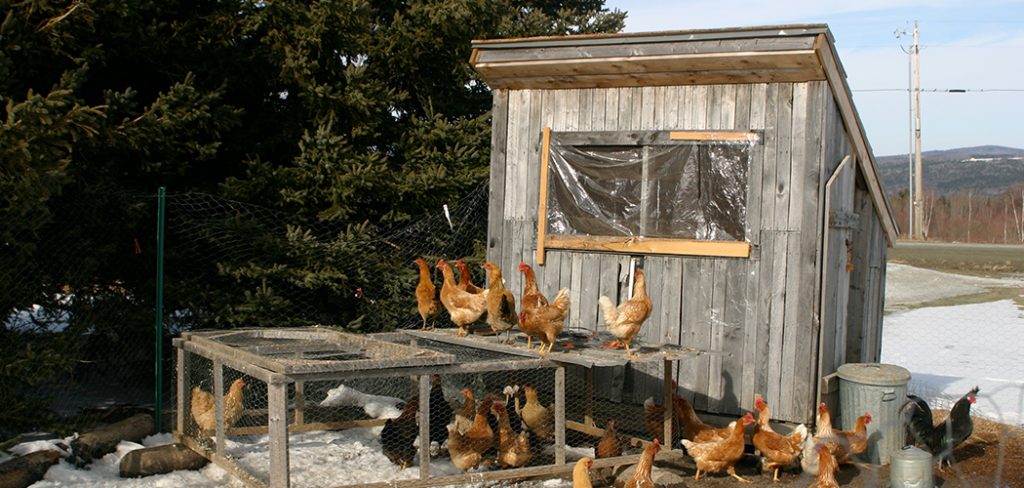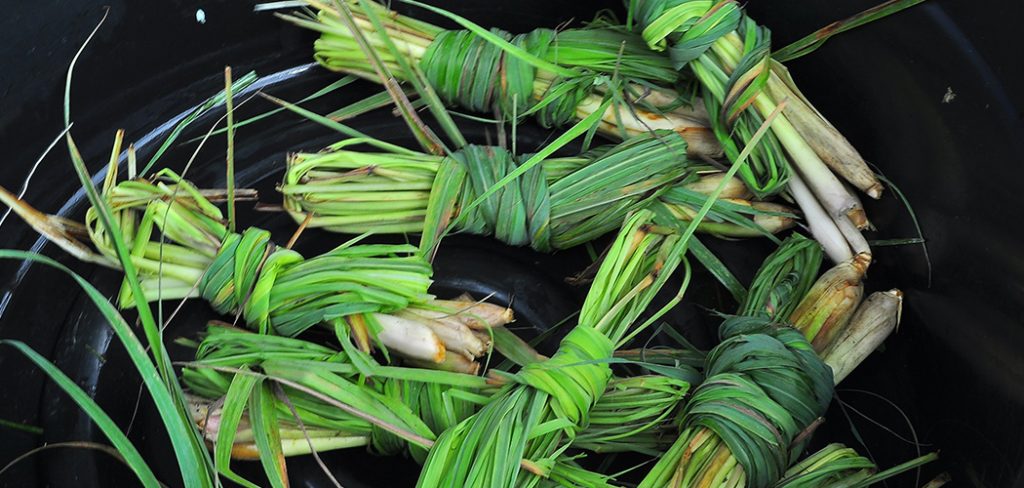The question many people ask is, are spider plants toxic to cats? Some plants are poisonous to these felines, while others are attracted to them. Fortunately, the spider plant is harmless to cats, but there should be limits when cats are feeding on these plants. So what the reason cats are attracted to spider plants? Let’s find out.
An indoor solution for your cat is way safer than letting them roam your neighborhood. As they are exposed to many dangers out there. What you do not know is that there might be potential hazards to your cat within your home. Among them, are common houseplants in your home. Cats love to chew on leaves, and among their favorite foliage, spider plant leaves are among the top.
So why do Cats love house plants
Cats have peculiar senses, and their sense of taste is one of them. Once they like a specific plant’s taste, they will ignore that of other plants. So are spider plants toxic to cats? Your cat may be intoxicated by house plants like the spider plant and the catnip. Your cat may be having stomach problems, and some plants will assist the cat in vomiting. Still, the cats may be simply having fun with your plants—tearing upthe leaves with their teeth.
Cats’ Attractiveness to Spider Plants
Being a popular houseplant, spider plan is a standard installment seen in hanging baskets. Analyzing cats’ attractiveness to spider plants, it is evident that cats have a great attraction to these plants. The natural scent of spider plants is what attracts these cats. Also, cats are attracted to spider plants because these plants are mildly hallucinogenic.
What are Spider Plants?
Well, this question is for those who, at this point, are wondering what type of plant the spider plant is. Spider plant grows to a length of about 2.5 feet plus. This can be achieved when the plants are placed in a basket with the option of hanging them for a better look. The leaves of spider plants are grassy, which might explain why cats love these plants so much. Spider plants also have compounds that are opium-related, and this can explain the reason cats just cannot get enough of this plant. The leaves appear green in color, with stripes yellow in color, some appearing in white.
Your spider plants should be placed in a bright place, with indirect sunlight, and should be watered adequately, especially with dry soil. When spider plants are grown in your home garden, they also do best in most areas, provided you follow the right instructions on how to improve them.
Keeping Away your Cat from Spider Plants
If your cat has developed a liking for this plant, then there are a few steps you can follow to ensure you keep away your cat from spider plants.
- Due to this plant mostly being grown in hanging baskets, you can keep them high enough so that your cats can have a hard time accessing them. You need to avoid areas where your cat is likely to climb, including furniture and windowsills.
- If your spider plants more foliage growth to the extent the leaves are hanging, which your cat can quickly gain access to, you might need to do a little pruning on your plants, or you can choose to separate the plants.
- If you, in any case, lack a proper location within your house to hang your spider plants, you can spray the plant’s leaves with a repellent that tastes bitter. However, this might not be a permanent solution, but it will help in taming your cat as cats generally avoid bitter-tasting plants.
- Lastly, another preferable solution could be planting indoor grass if your cat likes to munch on greens. This grass will serve as your cats’ personal enjoyment.
Protecting your Cat and Plants
If you consider the last option from the above list, then you need to consider cat grass. This should be done in a separate area from your other house plants. It may have some side effects on your cat, including vomiting; nevertheless, you need not worry as this is a normal response when your cat is eating grass, and it is a sign that you are protecting your cat. Keep in mind that this grass does not have a long life span indoors, and you will be required to replace the cat grass when they die off.
Cats love to play a lot; therefore, providing your pet with lots of toys to play with frequentlywill keep your cat busy. An exhausted cat will undoubtedly have reduced activity and will not mess around with your spider plants if your cat has access to your plants and are feasting on the foliage. You can observe the cat’s behavior and visit the veterinarian if any symptoms persist or appear to be more severe.
Conclusion
Keeping your cat indoors is way safer than letting them roam your neighborhood as they are exposed to many dangers out there. Cats have bizarre senses, and their sense of taste is one of them. Once they like an individual plant’s taste, they will ignore that of other plants. Being a popular houseplant, spider plan is a typical installation seen in hanging baskets.
Well, this question has been answered for those who were wondering what type of plant the spider plant is. If your cat has developed a liking for this plant, then there are a few steps you can follow to ensure your cats stay away from your spider plants, and this article provides a well-entailed list of what to do in case you are faced with this kind of situation. If you consider planting cat grass, then you need to recognize that this process should be done in a separate area from your other house plants. And that has been it about spider plants and cats, so are spider plants toxic to cats? You already have the answer to this question.
Check out my other post on Edible rose garden and DIY herbs garden guide.

